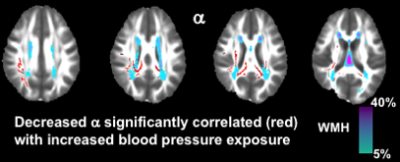Carson Ingo1,2, Shawn Kurian3, James Higgins4, Lisanne Jenkins5, Donald Lloyd-Jones6, and Farzaneh Sorond1
1Department of Neurology, Northwestern University, Chicago, IL, United States, 2Department of Physical Therapy and Human Movement Sciences, Northwestern University, Chicago, IL, United States, 3Department of Neurology, Chicago, IL, United States, 4Department of Radiology, Northwestern University, Chicago, IL, United States, 5Department of Psychiatry and Behavioral Sciences, Northwestern University, Chicago, IL, United States, 6Department of Preventative Medicine, Northwestern University, Chicago, IL, United States
1Department of Neurology, Northwestern University, Chicago, IL, United States, 2Department of Physical Therapy and Human Movement Sciences, Northwestern University, Chicago, IL, United States, 3Department of Neurology, Chicago, IL, United States, 4Department of Radiology, Northwestern University, Chicago, IL, United States, 5Department of Psychiatry and Behavioral Sciences, Northwestern University, Chicago, IL, United States, 6Department of Preventative Medicine, Northwestern University, Chicago, IL, United States
The increased presence of non-Gaussian subdiffusive dynamics, possibly
reflecting the presence of increased neuronal and glial microstructural
heterogeneity, is sensitive increased vascular risk exposure, which was
not observed with traditional DTI metrics such as FA.

Figure 1:
TBSS partial correlation for α and
blood pressure exposure over 30 years for 77 longitudinal CARDIA participants (57.0±3.4 years). Red
represents significantly changed voxels where there is a significant negative association between α and blood pressure exposure (r=-0.362, p=0.032). Cool map represents the white matter hyperintensity (WMH) probability
map from FLAIR. Statistical analyses were adjusted for age, education, race,
smoking history, diabetes, and cholesterol risks as covariates and corrected for
multiple comparisons using permutation-based testing.

